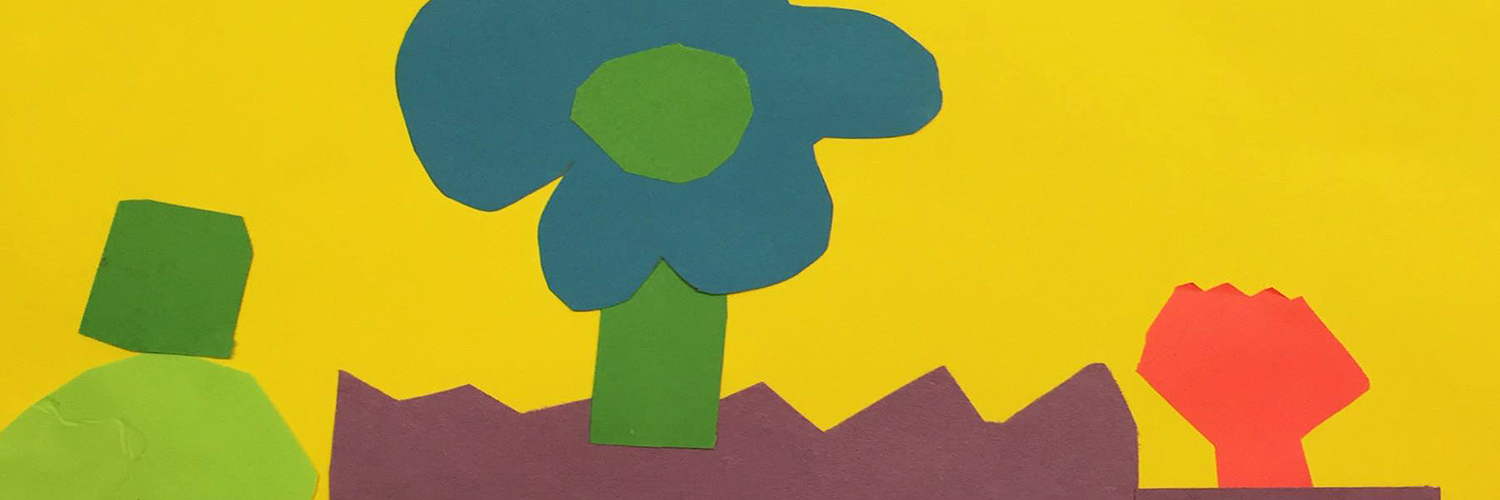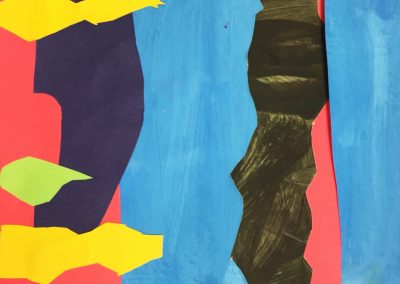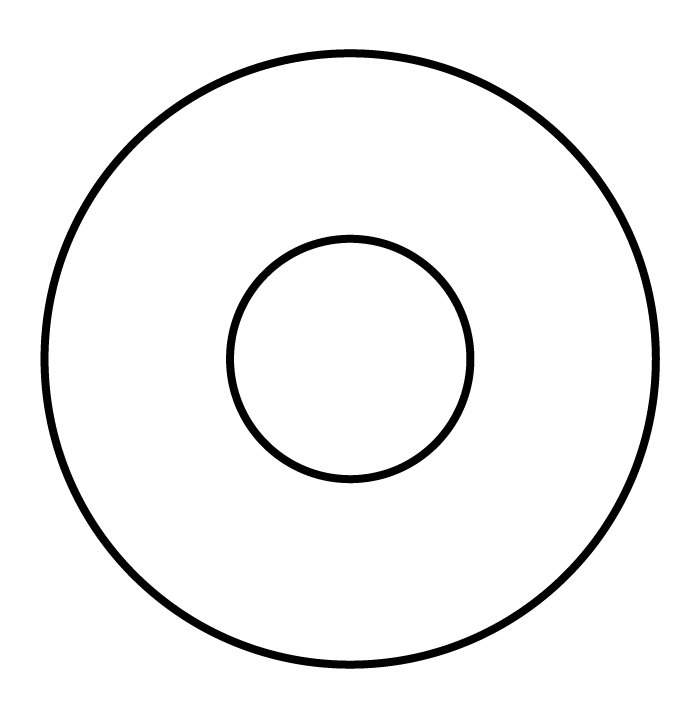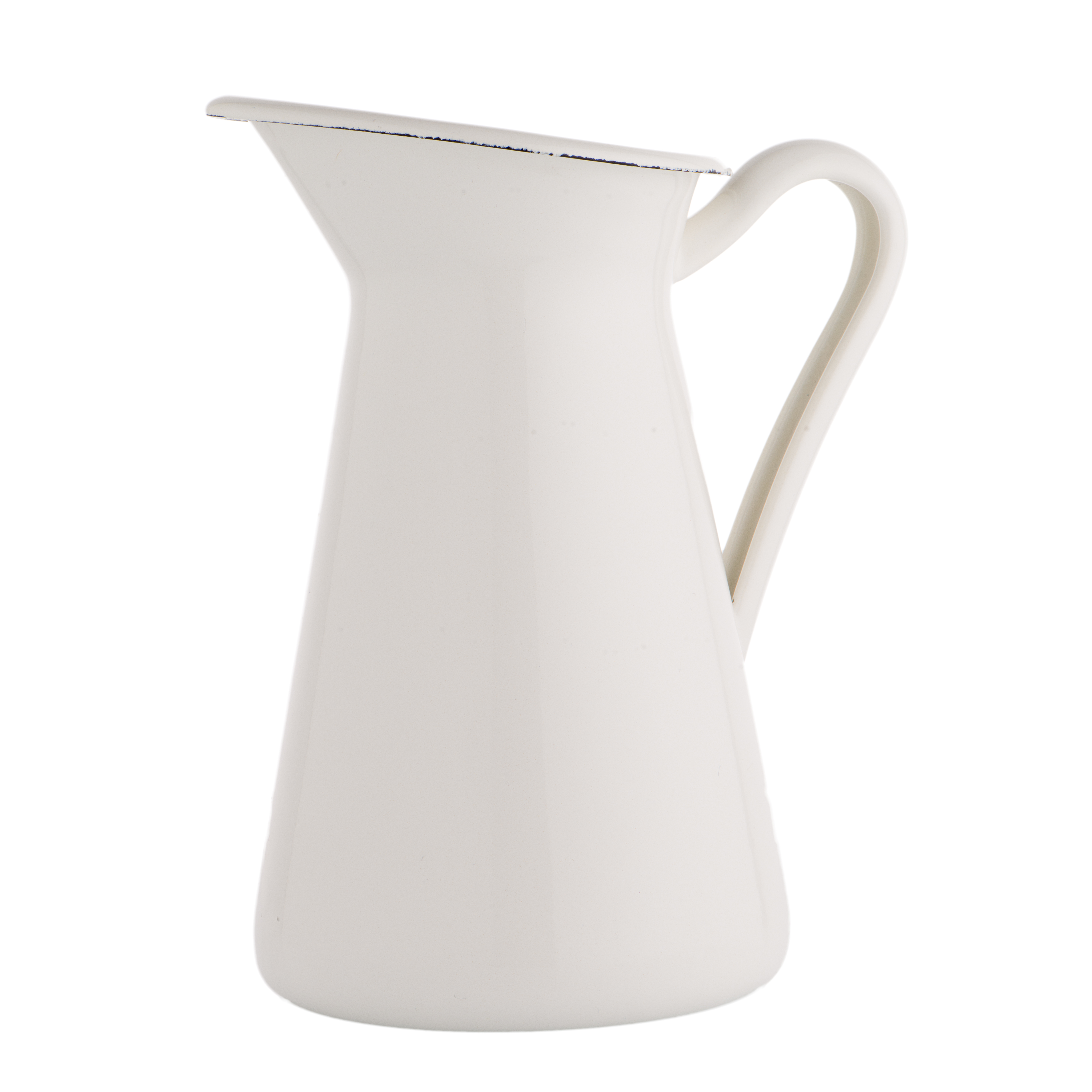OVERVIEW
Students will learn about shapes that are made up of air, and are in-between other shapes, and how it helps to draw things if you look at these shapes in addition to solid shapes.Grades 1 – 2
Week of September 8 – 12
1 Hour & 30 Minutes
Lesson At A Glance
A brief overview of each step. Buttons jump to each section for detailed information.
15 Min – Divide page, draw a donut and a surprise
10 Min – Learn about Air Shapes
10 Min – Draw 2 pictures with air shapes
8 Min – Cut shapes with colorful paper.
15 Min – Cut lots of shapes
17 Min – Glue shapes on paper
5 Min – Everyone Helps
SCROLL & TEACH
LESSONPLAN
Each section is a different color. Read over once and then you can SCROLL & TEACH using any device you like. It’s designed to work best with your phone.
LEARNING TARGETS

Students learn to express themselves through creating from their imagination.
M A T E R I A L S
- 11″ x 17″ Copy Paper
- 4B pencil
- Eraser
- Markers and/or oil pastels
- Blenders (stumps)
- Paper Towels
1.1 greet
Kneel down so that you are on their level. Bending over emphasizes the differences in your height, while kneeling makes them feel more important. Have tape and marker ready so you can stick some tape on the table by each student and write their name on it as they sit down.
1.2 choice
Everyone should take their time with the work and make a finished piece of art. Limiting the paper can also help kids focus on the work. If someone finishes in super-fast time, ask them what more they can do to the existing paper. Ask again several times – unless they appear overly frustrated; then you can allow them to move on to a new work.
Use this button to jump down to the preparation section.
LEARNING TARGETS

Students know how to view air shapes.
M A T E R I A L S
- 2B Pencils
- White Erasers
- Washable markers
- 11″ x 17″ copy paper
- A round object that can be drawn around as a template for about a 4″ to 6″ circle:
- Roll of masking tape
- Paper saucer or bowl
- Templates you cut from heavy paper
2.1 Guides
Have the students lay their paper bath tub orientation (also landscape or horizontal). They should follow along as you talk them through the guidelines.
We’re not drawing yet. Try to make very light lines as a guide for your drawing. You’ll trace over them with markers. So try to use the tickle technique and tickle your paper instead of pressing hard.
- Divide the page into 2 sides (1 vertical line down the center). It is ok if its not perfectly in the center.
- Use the round object to trace a circle in each section.
- Draw a smaller circle in the center of the large ones to make each one look like a donut. Like this:”
2.2 Draw
As they work, explain that drawing the hole is actually drawing an air shape.
The hole is air. You drew an air-shape. Artists draw air shapes a lot. It really helps to know how to draw the air shapes inside and around objects.
If you drew a tiny hole it would not look much like a donut. If you drew the hole almost as big as the outside circle, it would look more like a bicycle tire than a donut.
So that means drawing air shapes a certain size can make a big difference.”
2.3 Draw
Ask them what could this one be that is very different than the first one. After a minute of ideas, show them this picture, and explain how this time, it’s the big circle that is the air shape. It’s a circular window!
Let them draw and color this one too if you have time.
Use this button to jump down to the preparation section.
LEARNING TARGETS

Students know what Air Shapes are (negative spaces).
M A T E R I A L S
- Digital display and connection with device.
3.1 ACTION
Use this button to jump down to the preparation section.
LEARNING TARGETS

Students know how to draw using air shapes.
M A T E R I A L S
- 11″ x 17″ copy paper
- 2B Pencil
- Eraser
4.1 prints
iNFORMATION
Air Shapes
Several photos of objects that have good air shapes to find and draw.
Alternatively: Allow students to trace right on the images with a marker. Cut each image apart if you want to try it this way.
4.2 practice
- Choose one item.
- Look at it for a moment and find the air shape. Draw just the air shape.
- See if you can find an air shape on another picture and draw it too!
- Try drawing the object shapes around the air shape if you want.”
Use this button to jump down to the preparation section.
LEARNING TARGETS

Students know how to cut paper like an artist.
M A T E R I A L S
- Kids’ Safety Scissors
- Construction Paper
- Access to Pinterest Page
5.1 matisse
Pinterest Gallery
Use This Link or tap the icon to the left to open our special Pinboard showing examples of artwork to display to your class.
5.2 DEMO
Tap the 4 arrows icon to enlarge the video to full screen.
Review the demo video and demonstrate to your students, or you can simply display the video on a larger screen for them to watch.
Use this button to jump down to the preparation section.
LEARNING TARGETS

Students know how to cut shapes for a collage.
M A T E R I A L S
- Colorful bright copy paper (copy paper lasts much longer than construction paper, but it can be used too)
- Kids’ safety scissors
- Box for scraps
6.1 cut
Lay out colorful paper and pencils. Have the students cut out (or draw and cut) fun and wavy shapes. Remind them that they can keep the shape OR the air shape piece. Be sure to watch the students as they cut, keeping their fingers away from the blades.
Let’s all try practicing setting our scissors down and then raising hands a time or two before we begin cutting…”
Use this button to jump down to the preparation section.
LEARNING TARGETS

Students know how to arrange shapes and color in a collage composition.
M A T E R I A L S
- Colorful paper cutouts
- Scrap sheets of paper for a gluing mat
- Kids’ safety scissors
- glue sticks OR liquid glue
7.1 glue
Give a glue stick and paper for a gluing mat to each student.
Have the students pick out their favorite cut out pieces. Then have them find a background sheet of paper to use for their cut paper artwork. It can be colored, or white. Move the cut shapes around on the background paper until you find a design you like. Carefully glue down the pieces one at a time, pressing firmly.
While students are working, you can walk around and ask them to point out the air shapes in their picture. These will most likely be the holes and the background paper showing through, but see if you can point out a paper shape that fits into another one. Which one is the air shape?
- Use lots of glue if you’re using glue sticks – covering edges AND the middle of your pieces.
- Use less glue but cover all areas if you’re using liquid white glue.
- White glue works well by placing into bowls and applying with a brush. Clean brushes well afterwards.
- Apply glue working on a piece of scrap paper like a place mat to keep glue neat and off your table.
Use this button to jump down to the preparation section.
LEARNING TARGETS

Students know the importance of cleaning up.
M A T E R I A L S
- Cleaning wipes
- Sink
- Waste baskets
- Well-lit spot for photos
- Camera or phone-camera
8.1 clean
Students clean up their work area.
- Empty water containers
- Super-wash brushes if used
- Put art supplies away
- Wipe tables & toss trash
- Remove any smocks (last)
- Check for items on floors and tables
8.2 clean
8.3 connect
OBJECTIVES
- Practice and improvement using observation to make drawings look more like real life.
- Understanding how there are shapes outside and around objects called air shapes.
- Accomplishment in drawing more realistically
- Fulfillment by creating a colorful cut paper collage of their own design
TROUBLESPOTS
Saying “Negative shapes” as you instruct – Try to never use this traditional phrase with this age group. It’s just too abstract of an idea, and will confuse them. Abstract concepts that are not noun-based will not be understood by young student at all, and harder for older kids too. Even adults grasp noun-based – or concrete – ideas, easier than abstract concepts. We wanted to use a concrete idea, so for The Art Instructor we came up with the term Air Shapes to replace Negative Shapes.
Not wanting to draw from reference – Kids don’t actually look very close at things they’re drawing until they’re around the age of 8. This lesson prepares them for seeing shapes more easily when they begin looking later on. Because they like to draw using symbols (symbolic drawing), your students may not want to use the pictures. This is ok! Kids are not always comfortable drawing by observation yet. However, to prepare them for better habits in the near future, you should tell them that artists do look at pictures and real life to make their drawings look realistic. Encourage kids who are reluctant, to try practicing just today, and then they can go back to drawing the way they usually do. You can even ask them to draw by observation as a favor to you, which sometimes gets at least one drawing out of the most fearful student. Keep in mind that the goal of practicing the air shapes is to have some fun, and introduce the idea of it, not to become proficient at it or even to enjoy it.
Not willing to rough cut – cutting out roughly around your shape first, makes it WAAAAY easier to manipulate scissors and paper because the paper is much smaller. If kids won’t do it, help them by cutting away the larger portions of the paper yourself so they don’t struggle with it. They will realize that it’s important, even if they aren’t willing to take the time right now to do themselves.
Scissor safety – Explain before you hand out scissors, that anyone who does not keep them right over the table in front of them, will not get to use them. If you need to raise your hand or point to something, you MUST PUT SCISSORS DOWN on the table first. Try practicing setting scissors down and then raising hands a time or two before you begin cutting.
The right amount of glue – Too much is easy with liquid white glue, but not enough is even worse. Especially with glue sticks, if you don’t use enough, the work will fall apart. Have scrap paper ready to use as glueing mats.
ART WORDS
Air Shape – an artist can look at the holes in and around objects to see shapes. It helps to draw these shapes as well as the object shapes.
Collage – when cut papers are glued to another surface or sheet of paper to create a work of art.
CLASSROOM
PREP
Print all of your PDFs from the lesson plan and cut any references apart as needed.
What your room needs
Here are your printable lists and room prep instructions.
CLASSROOM
MATERIALS
- 11″ x 17″ copy paper
- 4B pencils
- Markers
- Oil Pastels
- Blender sticks
- Paper towels
- Smocks
- Kids’ Scissors
- Box for paper scraps
- Glue stick or liquid glue
- Brushes (optional for glue)
-
Colorful copy paper
PREVIEW
Week #5 – Lines that Dance, Jump & Glide
Students will learn how different motions make different kinds of artwork. Today most of the work will be with line, and some with oil pastel, as we try color-dancing, and create black and white line paintings of frogs. There is also a quick review of air shapes.
Week #6 – Weird Fish, Crazy Tool
Students use warm & cool colored oil pastels in a fish drawing, working on movement and technique. The imagination is employed to invent a new idea – using household tools to create fish. Not only does this foster creative problem solving, it’s also great practice for finding familiar shapes in complex pictures. They’ll finish the work using watercolors, and then use oil pastels to finish another earlier drawing.












